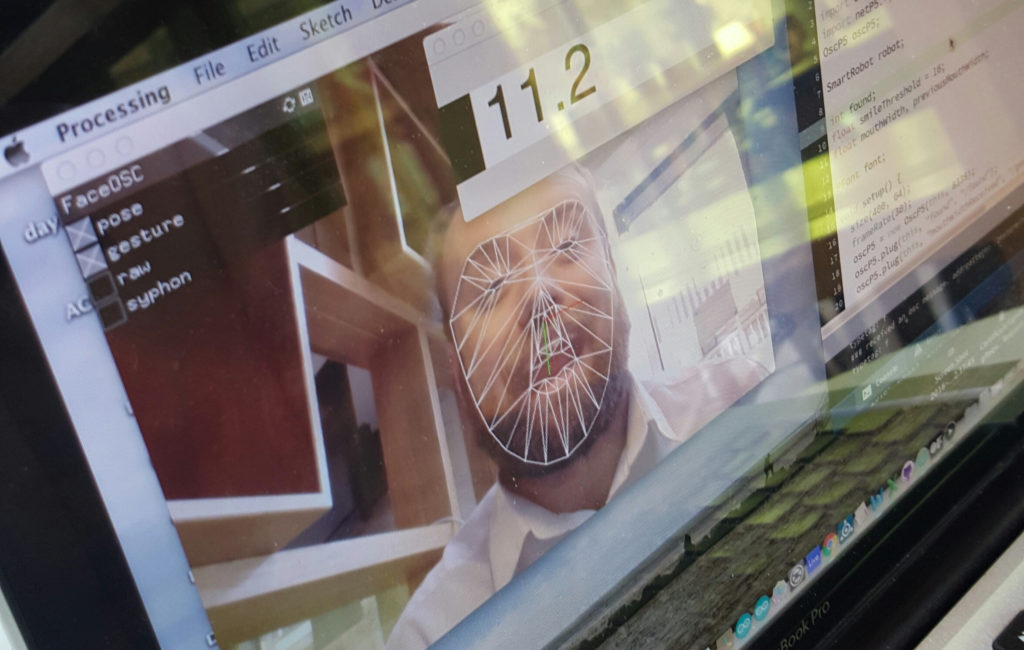
Digital Participation and Consent
Data, data, data…
When working in a participatory context, arts organisations document and share creative work, participant image and information. Their words, their work and, in a lot of cases, their thoughts.
The standard consent forms can simply ask about the capturing and sharing of a participant’s image, their ethnicity, sex, gender, age etc, but with digital engagement there’s the potential to record so much more.
Following from a recent discussion with Cora Glasser, artist and co-founder of Glassball, and in reflection of my previous post on Capacity, we spoke about an aspect of digital participation that isn’t always considered: what are we, as practitioners, recording when participants engage with digital and what are we doing with it?
Working in a participatory manner will often mean capturing participants ideas, thoughts, feelings, creative outcomes and image. Depending on the digital tools and materials used, digital participation can take this so much further without realising. Sensors record biorhythms, emotional states, anxieties and the internal workings of our bodies; GPS enabled devices record and show live participant locations; mobile devices can capture finger prints and devices that support an access need can capture our movements and gestures, e.g. eye tracking equipment.
In the case of the first QUAD Digital Participatory Artist in Residence Ashley James Brown in 2016, the potential issue was around image data through face mapping. The Smile Back Derby project conceived and tested in the residency used a participant’s smile to trigger an online and offline interaction of participants smiling back. The project never recorded the data of the smile, but looked for characteristics that made it a smile. To ensure that participants weren’t measured inadvertently they were asked to be in a specific location and orientation. However, these considerations may not always be present when working with audiences, or in the creation of work.
Society is increasingly living in a digital-by-default world where data is being collected, stored and shared at a scale that is rather hard to quantify. Online, for example, we generate 2.5 quadrillion bytes of data per day. What’s interesting, generationally, younger people don’t seem to mind that their data is being collected, or even what’s happening to it. Even with older participants, our vulnerabilities are being forgotten because of convenience, or even increasing our social interaction.

Social media is a perfect example of this. I must admit I participated in the “Puberty/10 year Challenge”, where you share your first and most recent profile picture to show how much you’ve grown. Its’ fun, it encourages conversation, there’s an element of vanity, but there could have been something sinister hiding behind something so harmless. Kate O’Neill discusses this on Wired.com
With the increasing use of digital in participatory/socially engaged practice, it’s important to remember practitioner and organisational responsibility to protect participants along with putting them on a journey towards creative and mental freedoms. The participatory nature of digital engagement may mean collecting and storing information unintentionally and outside of the organisation considerations around GDPR.
Cora also highlights the duty organisations, such as National Portfolio Organisations (NPO’s), have as “they are on the ground working with groups who may be facing digital exclusion or have limited understanding of the value of their data being captured.”
So, I’ve put together a few questions to ask ourselves when using digital tools and devices in participatory work:
- What/why are we recording?
- What are we doing with the information?
- Why/are we storing the information?
- Who can access the information?
- What do we do with the information when the project is over?
- Is it necessary to attach the data to a participant? (Especially when displaying work)
- How do we empower our participants/communities to take control of their data?
With its dangers, digital is a powerful tool when engaging audiences. To connect, to be creative, to inspire conversation. The risks could very well be minute, however it’s important to be mindful of what we’re doing, where we’re going, and how we’re going about it, if culture is truly digital.
QUAD, like other NPO's, takes handling and storing of data seriously and you can view QUAD's Privacy Policy on it's website.